We explain what the bone system is and what its main functions are. In addition, its characteristics and the types of bones it has.
What is the skeletal system?
We call the bone system or skeletal system a complex and resistant bone structure that constitutes our skeleton , and that provides us with the support and essential protection to the internal organs essential for life . Together with the muscular system and the joints, they make up the locomotor system of the human body.
The bone system is made up of some 206 bones of different shapes and sizes , all hardened from the accumulation of calcium and other elements in a process called mineralization .
This makes them rigid and resistant pieces, connected to each other , and complemented by cartilage, a rigid but elastic material much less resistant.
Thus, the bone system combines living cells (called osteocytes) responsible for generating vital substances and for growing and reproducing, together with inert materials (calcium and phosphorus salts) that give it its constitution and strength.
Human skeleton
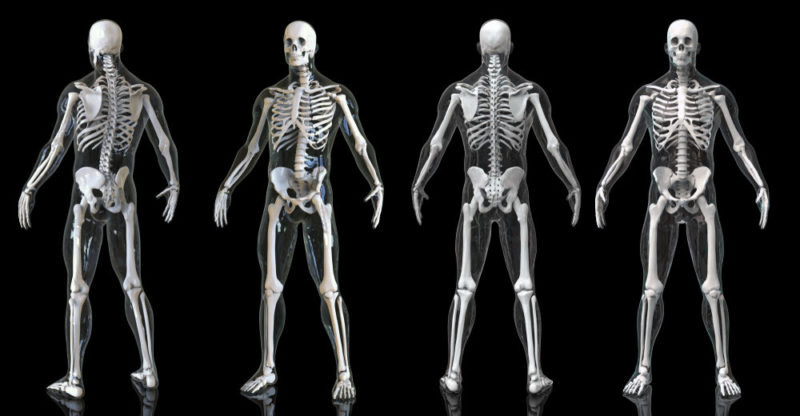
The skeletal system encompasses all the bones in the body , approximately 206, not counting the teeth , which represents 12% of the total body weight.
The bones are all joined together , articulated in a continuum, except for the hyoid bone, isolated in the lower part of the neck.
Between the different bones there is a mass of cartilage, tendons and ligaments that serve as a cushion between one and the other to prevent them from impacting when the body moves, which keep them firm in place and covered with muscles (which allows precisely to deal with their weight ).
Due to their resistance, bones are the last part of the human body to break down , surviving the rest of the tissues for years.
Evolution of the bone system
The skeleton is a distinctive element of vertebrate animals , to whom it provides support and forms an endoskeleton, especially made up of a spinal column that protects the medulla and central nervous tissue.
Unlike other animals that do not have a skeleton or have it outside the body, such as the exoskeleton of insects (a chitin shell).
Functions of the bone system
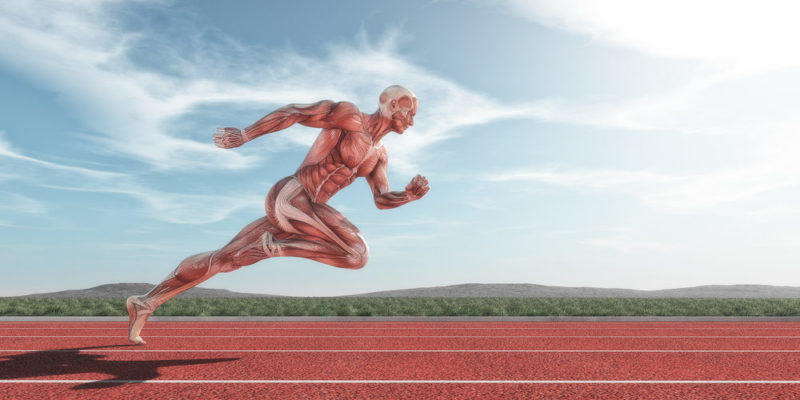
The functions of the skeleton are as follows:
- Support. The skeleton gives the body the rigidity and shape it requires to keep itself upright, as well as the support to keep from giving in to its own weight.
- Protection. The hardened bones shield the internal organs from any external attack, shielding vital sectors such as the brain , lungs or heart , and also protecting the extremities from possible daily impacts.
- Movement. Together with the muscles , cartilage and joints, the bones allow the body to move on its feet.
- Mineral storage. Various minerals are stored in the bones that serve not only to harden them, but also to feed the salt needs of the muscles and nerves.
- Fat storage. The skeleton also stores some fats that serve as an energy reserve for the body.
- Production of hematocytes. The bone marrow, inside the bones, secretes red blood cells that make up the blood and carry oxygen , as well as other enzymes and regulatory substances in the body.
Main bones of the skeleton

Among the numerous bones of the skeleton, the most extensive, known or vital ones stand out, such as:
- Skull. The famous skull of the deceased, the skull is the hardest bone in the body, protecting the most vital organ of all: the brain.
- Ribs. They come in symmetrical pairs across the torso, and protect most of the internal organs of the thorax from impacts. They are designed to allow inflation of the lungs without problem.
- Radius and ulna. The bones of the arm, which come in pairs, one above the other, and join the wrist with the forearm.
- Humeral . The forearm bone, which connects the ulna and radius to the shoulders.
- Spine. Located on the back and running throughout the body, it is a series of bones or vertebrae that protect the spinal cord, the main nerve channel that allows the brain to control its extremities.
- Pelvis. The pelvic bone is one of the largest in the body, especially in women. It is located at the hips and brings the legs together with the spine.
- Femur. The longest bone in the body, located in the thighs.
- Tibia and fibula. They come in pairs, like the bones of the arm, and connect the femur with the bones of the foot.
Types of bones
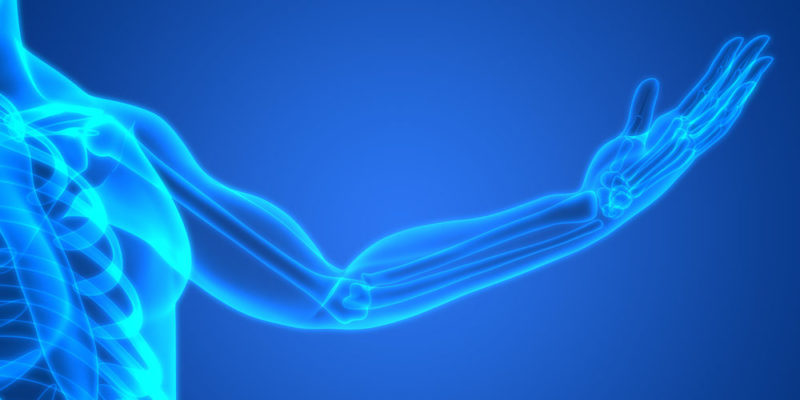
Bones are usually classified based on their shape, as follows:
- Long bones. Cylindrical bones, elongated and straight, with two ends (epiphysis), like the femur.
- Short bones. Small and flattened bones, more or less cylindrical, like those located in the carpus (wrist).
- Flat bones. They protect the soft parts of the body, especially large surfaces, such as the skull.
- Sesamoid bones. Small bones located in the joints, which fulfill the role of increasing the bone lever and allowing movement, such as the patella.
- Irregular bones They do not have a defined shape that resembles the previous ones.
Parts of the bone
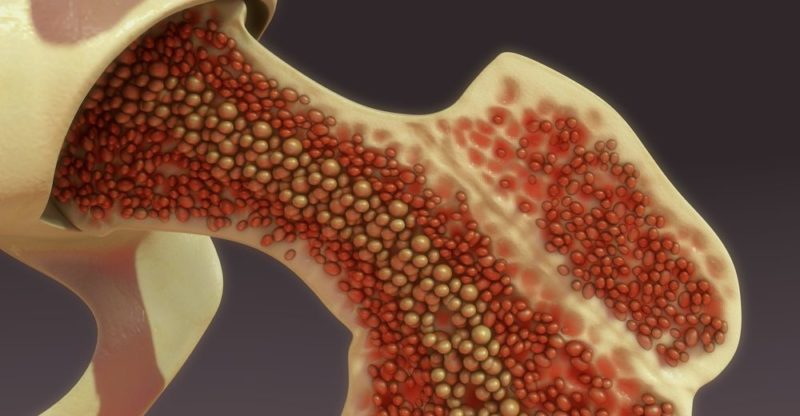
Bones are made up of the following parts:
- Cartilage. A flexible tissue, not properly the bone, but that covers its outer parts and protects them from impacting other bones when moving.
- Spongy bone. A segment similar to a sponge inside the bone, whose marrow-filled orifices serve for the emission into the blood of the substances that the bone produces.
- Compact bone. Rigid and hard part of the bone, solid and whitish, mineralized from calcium.
- Bone marrow. Substance inside the bones, which has hematopoietic functions (generation of red blood cells and platelets).
- Periosteum. Dense and thin membrane located on the surface of the bones, filled with nerves and blood vessels that nourish it.
Distribution of the bone system
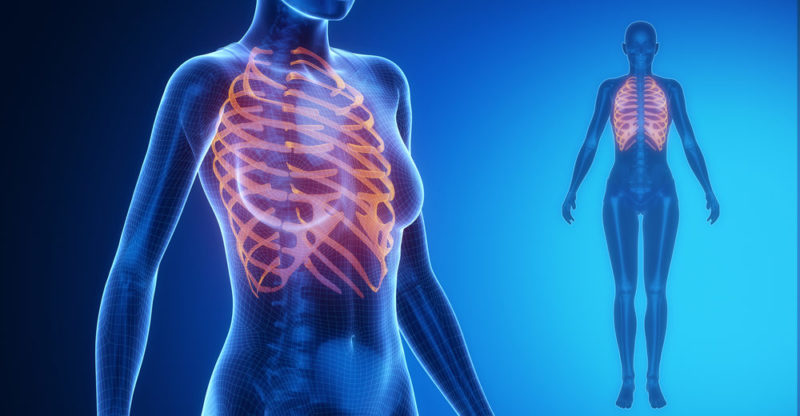
The bones protect a wide segment of the human body, the head being the most covered (by the bones of the skull and face) , then the thorax (ribs, sternum, shoulder blades, spine, among others), then the hip and finally the upper and lower extremities. The only portion of the human body devoid of bones is the abdomen where the intestinal viscera are found.
Parts of the skeletal system
The skeletal system comprises two distinct sets of bones:
- Axial skeleton. Located near the axis of the body (hence its name: axis means "axis" in Latin) and responsible for supporting it and protecting vital organs.
- Appendicular skeleton. Bones of the appendages, that is, of the extremities or parts attached to the axis of the body, such as arms and legs.
Bone nutrition

Bones, like the entire human body, are nourished through blood supply and access to essential nutrients for their energy processes and for their calcification.
The consumption of calcium, in this sense, is vital especially during early ages when the bones are growing and expanding.
In fact, the bones of a newborn are still weak and flexible , since it is required by the easy exit of the baby through the mother's pelvis, but immediately afterwards the mother's milk provides the necessary minerals to make them rigid and resistant.
Bone diseases
Bones can suffer from numerous diseases, which have to do with the loss of their hardness (osteoporosis) due to progressive decalcification, or with damage (autoimmune or not) to the joints that causes sprains (ecoliosis or lordosis) contrary to their natural orientation.
The above content published at Collaborative Research Group is for informational and educational purposes only and has been developed by referring reliable sources and recommendations from experts. We do not have any contact with official entities nor do we intend to replace the information that they emit.
Anas is an editor of a prestigious publishing company in the United States. She studied Mathematics in Arizona. Anas is also a teacher and one of her long-term goals is to build an institution that offers free education to everyone who are financially not stable. .
Leave a reply
Your email address will not be published. Required fields are marked *Recent post

Sport: What Is It, Types, Risks, Features, Characteristics and Examples

Dogs: Emergence, Features, Characteristics, Feeding and Breeds

Story: Definition, Elements, Structure, Features and Characteristics

